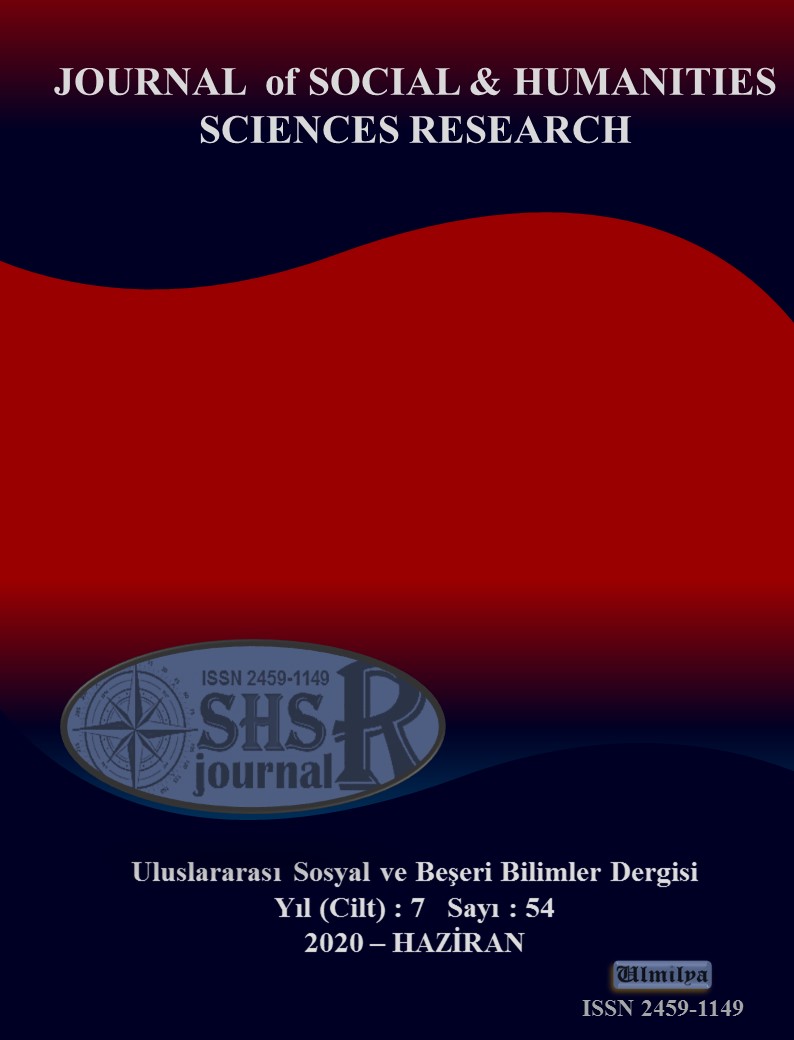EXPLANATION OF THE IMPACT OF VISUAL IMAGES ON CHILDREN BY THE CERAMICS ART IN THE PLASTIC LANGUAGE
DOI:
https://doi.org/10.26450/jshsr.1886Keywords:
Artistic Development, Ceramic, Visual Image, Children, Violence, FearAbstract
The role of art education, undoubtedly, plays an important role in understanding, recognizing and absorbing culture. Based on the hypothesis that each individual has created, the main goal of art education is to reveal this creativity at the earliest possible ages and to make children think creatively. A child who does not know how to write and read in pre-school periods uses different methods to show his/her emotions, thoughts and impressions. In painting, he/she tries to show by using paint, pencil and color; in three-dimensional materials, he/she describes with three-dimensional ceramics or sculptures, which he/she makes by kneading and shaping the mud. A child, who finds the environment to express himself freely, conveys the love, hatred, violence and happiness he experienced in these works. One of the aims of art education is to raise individuals who can express themselves freely. Art fields such as painting, ceramics and music are very important for children to be able to express themselves.
In this study, it is questioned how children internalize and adapt to their life the violence and fear-themed visuals, materials, which they are frequently exposed to in their daily life. As a result of the interaction with the visual image, by examining how they transmit in the language of ceramics through the art, the study results are interpreted
Downloads
Published
How to Cite
Issue
Section
License
Copyright (c) 2020 INTERNATIONAL JOURNAL OF SOCIAL HUMANITIES SCIENCES RESEARCH

This work is licensed under a Creative Commons Attribution 4.0 International License.


